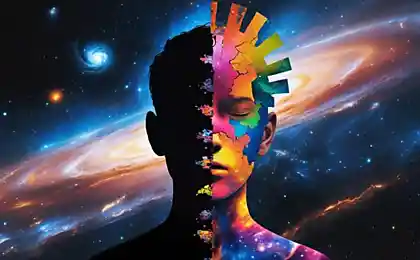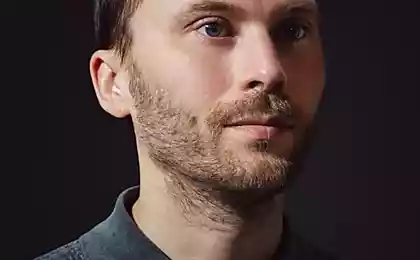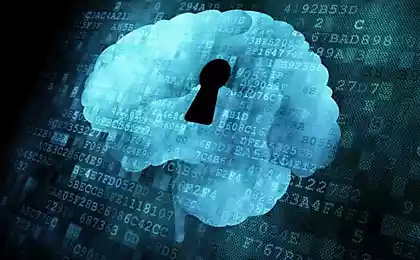1419
Are we evolving?
Is human evolution over? This question puzzled Briana Pobiner (Briana Pobiner), anthropologist of the American National Museum of Natural History at the Smithsonian Institution. At a two-day conference on the future of humans, the planet, and life beyond Earth and deep space, she stressed that parasites continue to evolve with human development thanks to medical advances. “It is worth looking into the eyes of our ancient relatives. Why did most human ancestors die out and Homo Sapiens survive? The answer lies in the human brain, says the anthropologist.
Some Features of Human Evolution
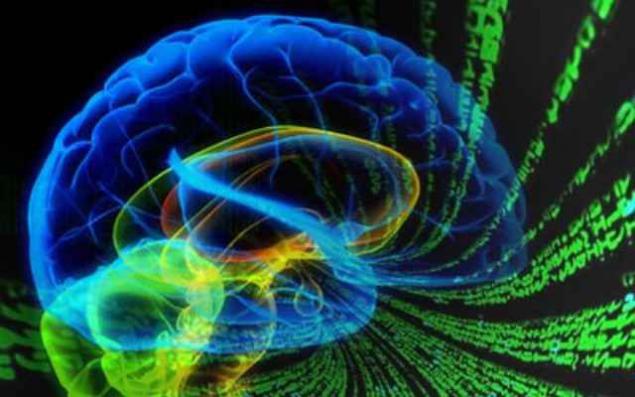
The weight of the human brain is only 2% of the total weight of our body, however, consumes more than 20% of all energy. The most dramatic evolutionary changes occurred in the outer part of the brain known as the neocortex, which is responsible for abstract thinking, long-term planning, empathy, and speech. With the development of the human brain, will humans end up with giant heads and lean bodies, as shown in science fiction movies? Historically, the process of childbirth has limited the size of the brain because babies have to go through the birth canal. However, today the procedure of cesarean section bypasses this process.
Pobiner notes that more than 46 percent of babies born in China are delivered by caesarean section. So what happens to natural selection, given advances in fertility and improvements in postpartum medicine?
The population of the world is constantly growing, and people themselves are actively developing. However, with rising sea levels and less space available for habitation, a variety of diseases are much easier to spread.
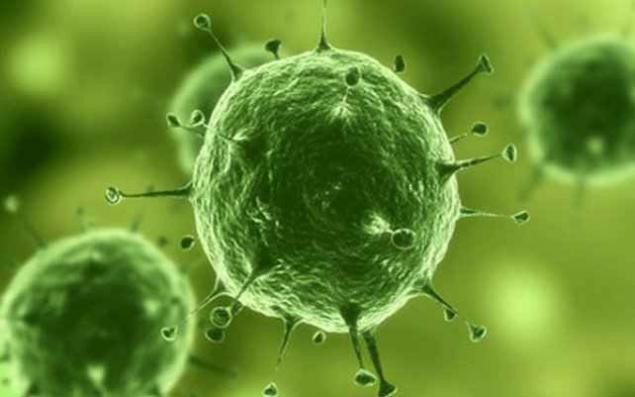
The largest virus ever found was a permafrost virus known as Pitovirus. While this particular virus is not dangerous to humans, what happens if a life-threatening parasite thaws?
For example, according to the World Health Organization, the smallpox virus was eliminated in 1979, but some experts say that only the surface of the Earth could get rid of it, but it could survive in a frozen form.
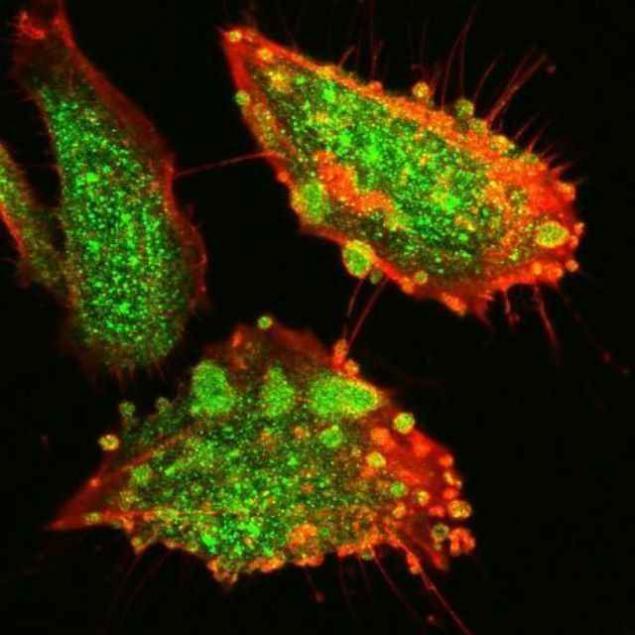
Human evolution persists in other areas, such as natural selection. A recent study found that beards become more attractive when the number of bearers in the population decreases markedly.
Experts have found that when the period of “peak” comes, their popularity will sharply decline. Economic conditions can also influence the desire to wear a beard, because unemployed or low-income men can grow it as a sign of masculinity, which they cannot emphasize financial security.
521374
What is the answer to the question of human evolution? “As long as man exists, he will evolve,” Pobiner said.
Unnecessary parts of the human body
1) Goose-skin
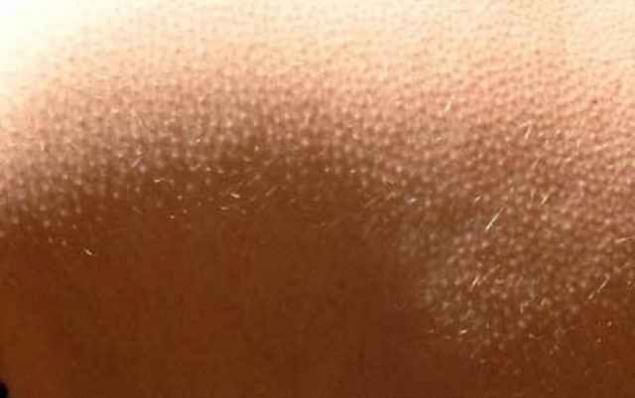
We get goosebumps when we are scared, cold, excited or angry. Other representatives of the animal world are covered with goose skin for similar reasons, which is why the coat of a cat, for example, becomes an end. When it is cold, raised hair does not allow air to “go away” from the skin, thereby preserving heat. When scary, raised hair helps the animal look bigger than it really is. Man does not need these qualities, but they haunt us from the past, when people had someone to frighten. That is, the process of natural selection removed the wool, and the mechanism itself has not yet had time to eliminate.
2) vomeronasal organ
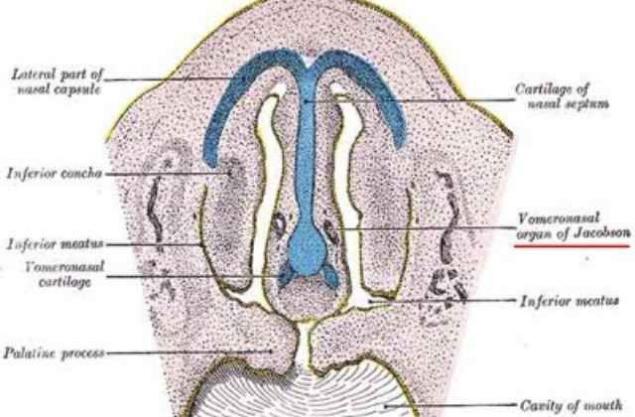
This amazing organ tells us about the evolution of our attractiveness. It is located in our nose, serves olfactory processes and recognizes pheromones. With its help, some animals find a mate, and also calculate the danger.
Man is still born with this organ, however, in the very early stages of human development, the need for it disappeared. Today, people use more effective ways to find their partner.
(3) Garbage DNA
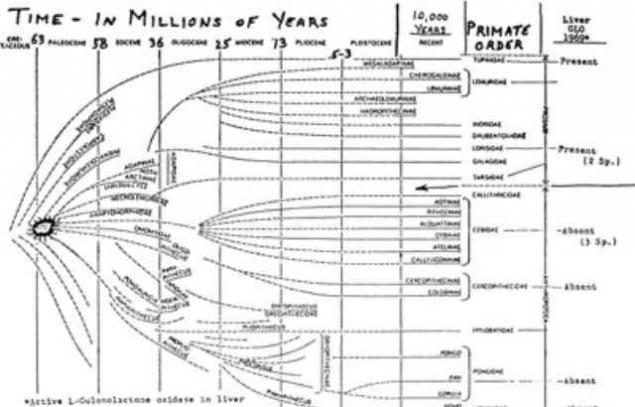
There are genetic mechanisms in the human body that once produced enzymes for vitamin C. Such DNA works in most animals living on our planet today, however, in the history of human evolution, it was blocked at a certain stage.
This junk DNA suggests that all species on Earth have a common origin.
(4) Additional ear muscles
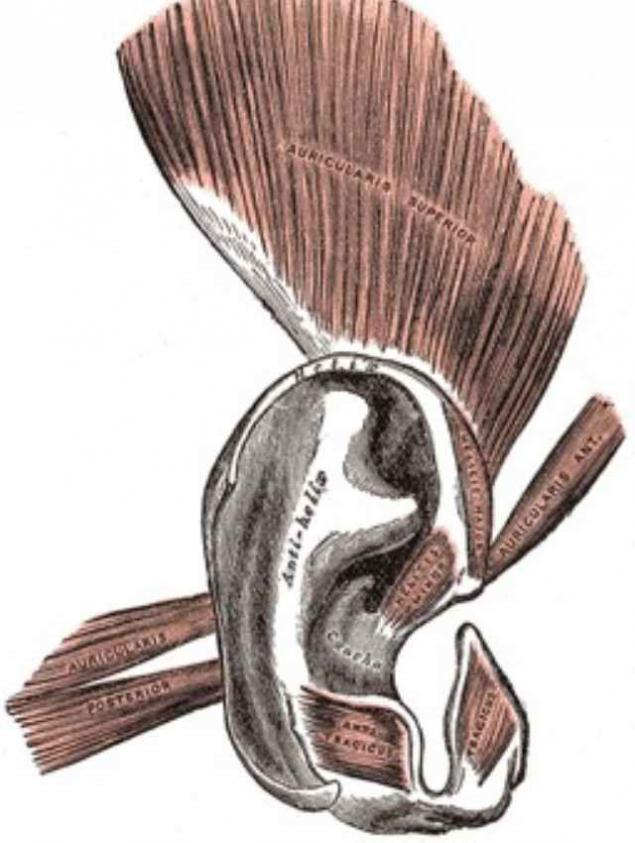
Animals use ear muscles to control their ears. They turn them around to focus on a particular sound. In humans, these muscles are also present, however, they have almost atrophied.
Extra ear muscles are well developed in cats.
(5) Plantar muscle
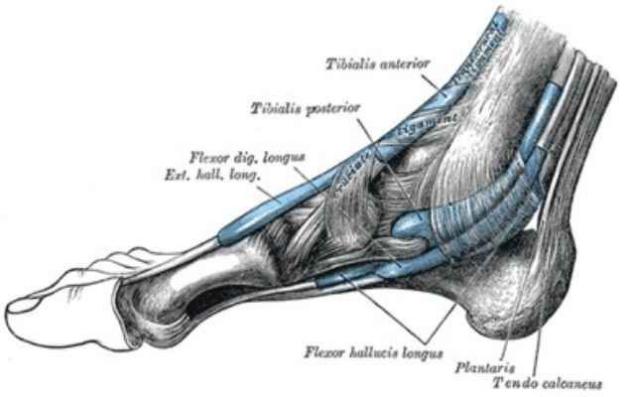
Animals need this muscle to take and use objects with their legs. You can see this in monkeys. Humans have it too, but it is much less developed. It is often used by doctors when tissues are needed to reconstruct a part of the body.
Plantar muscle is an absolute rudiment: more than 9 percent of people are born without it.
(6) Wisdom teeth
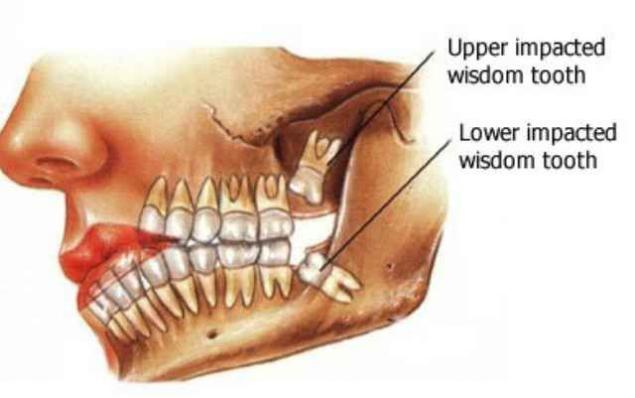
The main food of early human ancestors was of plant origin. Plants had to be eaten quickly and in large quantities in order for the body to get the proper amount of nutrients. That is why ancient man had another set of molars, which accelerated the process of chewing food. This was important because our ancestor was not able to fully digest cellulose.
However, over time, our diet has changed, our jaw has shrunk, and our wisdom teeth have been left out. Some people no longer know what it is, while others continue to suffer.
7) Third century
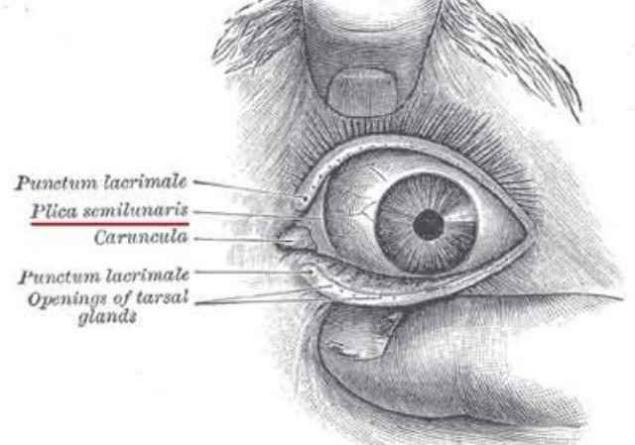
Watch how the cat blinks, and you will notice a white membrane on his eye, which is the third century. Among mammals, this feature is quite rare, but it is characteristic of many species of birds, fish and reptiles.
Humans also have a third eyelid, but it is greatly reduced in size.
(8) Darwinian bumps
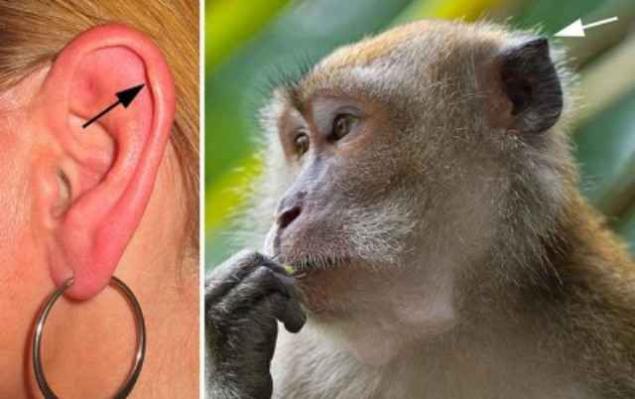
Most mammals have this part of their body, and humans are no exception. The tubercle was designed to better capture sounds, but humans have long since no longer needed this function.
This feature is not for every person. According to some information, it occurs in only 10% of people.
(9) Coccyx
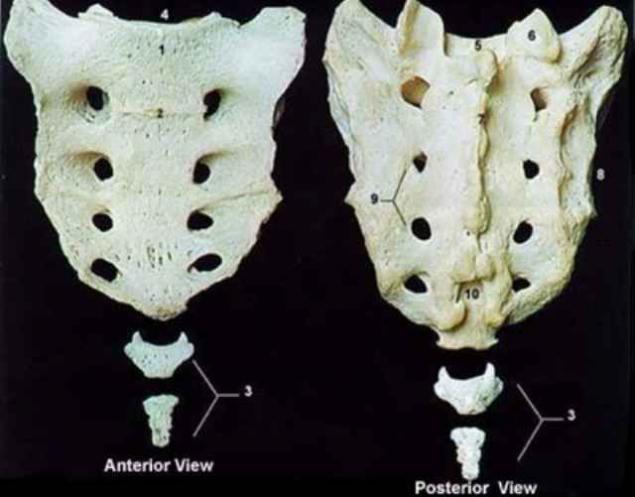
Everyone knows that the tailbone is part of the tail. In the process of evolution, the need for a tail in humans disappeared, but the need for a tailbone remained, because it works in the form of a structure supporting some muscles, and also helps a person to sit down and deviate back.
10) appendix
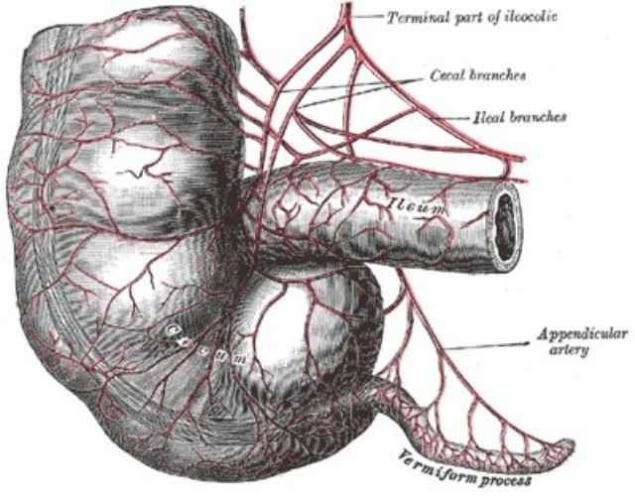
The human body does not need an appendix, so when inflammatory processes begin in it, it is removed. Most experts support Darwin's view that this organ assisted in the processing of cellulose.
However, over time, the human diet has changed significantly, in connection with which the need for an appendix has disappeared.
Some Features of Human Evolution

The weight of the human brain is only 2% of the total weight of our body, however, consumes more than 20% of all energy. The most dramatic evolutionary changes occurred in the outer part of the brain known as the neocortex, which is responsible for abstract thinking, long-term planning, empathy, and speech. With the development of the human brain, will humans end up with giant heads and lean bodies, as shown in science fiction movies? Historically, the process of childbirth has limited the size of the brain because babies have to go through the birth canal. However, today the procedure of cesarean section bypasses this process.
Pobiner notes that more than 46 percent of babies born in China are delivered by caesarean section. So what happens to natural selection, given advances in fertility and improvements in postpartum medicine?
The population of the world is constantly growing, and people themselves are actively developing. However, with rising sea levels and less space available for habitation, a variety of diseases are much easier to spread.

The largest virus ever found was a permafrost virus known as Pitovirus. While this particular virus is not dangerous to humans, what happens if a life-threatening parasite thaws?
For example, according to the World Health Organization, the smallpox virus was eliminated in 1979, but some experts say that only the surface of the Earth could get rid of it, but it could survive in a frozen form.

Human evolution persists in other areas, such as natural selection. A recent study found that beards become more attractive when the number of bearers in the population decreases markedly.
Experts have found that when the period of “peak” comes, their popularity will sharply decline. Economic conditions can also influence the desire to wear a beard, because unemployed or low-income men can grow it as a sign of masculinity, which they cannot emphasize financial security.
521374
What is the answer to the question of human evolution? “As long as man exists, he will evolve,” Pobiner said.
Unnecessary parts of the human body
1) Goose-skin

We get goosebumps when we are scared, cold, excited or angry. Other representatives of the animal world are covered with goose skin for similar reasons, which is why the coat of a cat, for example, becomes an end. When it is cold, raised hair does not allow air to “go away” from the skin, thereby preserving heat. When scary, raised hair helps the animal look bigger than it really is. Man does not need these qualities, but they haunt us from the past, when people had someone to frighten. That is, the process of natural selection removed the wool, and the mechanism itself has not yet had time to eliminate.
2) vomeronasal organ

This amazing organ tells us about the evolution of our attractiveness. It is located in our nose, serves olfactory processes and recognizes pheromones. With its help, some animals find a mate, and also calculate the danger.
Man is still born with this organ, however, in the very early stages of human development, the need for it disappeared. Today, people use more effective ways to find their partner.
(3) Garbage DNA

There are genetic mechanisms in the human body that once produced enzymes for vitamin C. Such DNA works in most animals living on our planet today, however, in the history of human evolution, it was blocked at a certain stage.
This junk DNA suggests that all species on Earth have a common origin.
(4) Additional ear muscles

Animals use ear muscles to control their ears. They turn them around to focus on a particular sound. In humans, these muscles are also present, however, they have almost atrophied.
Extra ear muscles are well developed in cats.
(5) Plantar muscle

Animals need this muscle to take and use objects with their legs. You can see this in monkeys. Humans have it too, but it is much less developed. It is often used by doctors when tissues are needed to reconstruct a part of the body.
Plantar muscle is an absolute rudiment: more than 9 percent of people are born without it.
(6) Wisdom teeth

The main food of early human ancestors was of plant origin. Plants had to be eaten quickly and in large quantities in order for the body to get the proper amount of nutrients. That is why ancient man had another set of molars, which accelerated the process of chewing food. This was important because our ancestor was not able to fully digest cellulose.
However, over time, our diet has changed, our jaw has shrunk, and our wisdom teeth have been left out. Some people no longer know what it is, while others continue to suffer.
7) Third century

Watch how the cat blinks, and you will notice a white membrane on his eye, which is the third century. Among mammals, this feature is quite rare, but it is characteristic of many species of birds, fish and reptiles.
Humans also have a third eyelid, but it is greatly reduced in size.
(8) Darwinian bumps

Most mammals have this part of their body, and humans are no exception. The tubercle was designed to better capture sounds, but humans have long since no longer needed this function.
This feature is not for every person. According to some information, it occurs in only 10% of people.
(9) Coccyx

Everyone knows that the tailbone is part of the tail. In the process of evolution, the need for a tail in humans disappeared, but the need for a tailbone remained, because it works in the form of a structure supporting some muscles, and also helps a person to sit down and deviate back.
10) appendix

The human body does not need an appendix, so when inflammatory processes begin in it, it is removed. Most experts support Darwin's view that this organ assisted in the processing of cellulose.
However, over time, the human diet has changed significantly, in connection with which the need for an appendix has disappeared.

